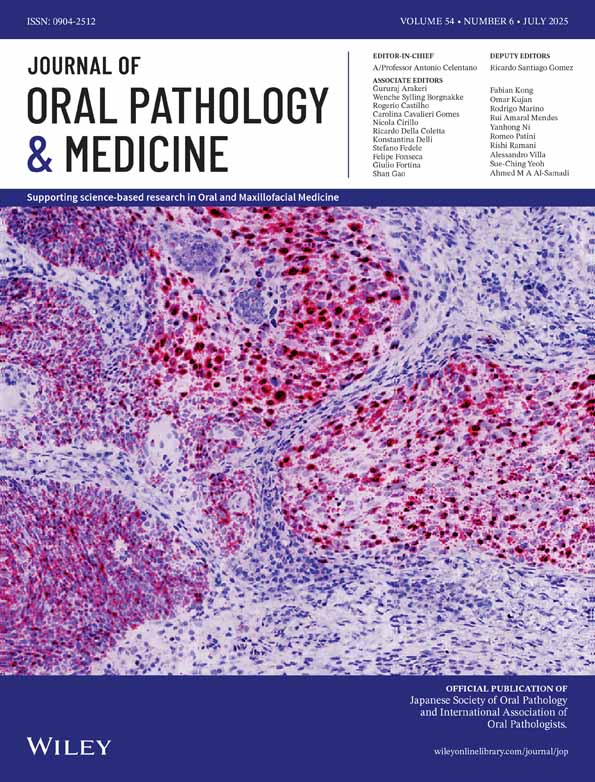Penetration of N-nitrosonornicotine (NNN) across oral mucosa in the presence of ethanol and nicotine
Abstract
Abstract: The effects of ethanol concentrations of 5, 15, 20, 25, 27, 30 and 50% on the penetration of the tobacco-specific carcinogen, nitrosonornicotine (NNN), across porcine oral mucosa were examined using an in vitro perfusion system. Concentrations of ethanol of 25% and above significantly increased the permeability of oral mucosa to NNN, although this increase ceased with 50% ethanol, possibly due to a fixative effect. Nicotine is a consistent component of smoked and smokeless tobacco; the presence of 0.2% nicotine significantly increased the permeability of oral mucosa to NNN and 2% nicotine caused a further increase. Combined use of nicotine and ethanol significantly increased the penetration of NNN across oral mucosa over that of ethanol alone until the concentration of ethanol reached 50%. The results of this study suggest that the synergy between tobacco and alcohol in the etiology of oral cancer may be explained, at least in part, by the local permeabilizing effects of alcohol on the penetration of tobacco-specific (and other) carcinogens across oral mucosa.




